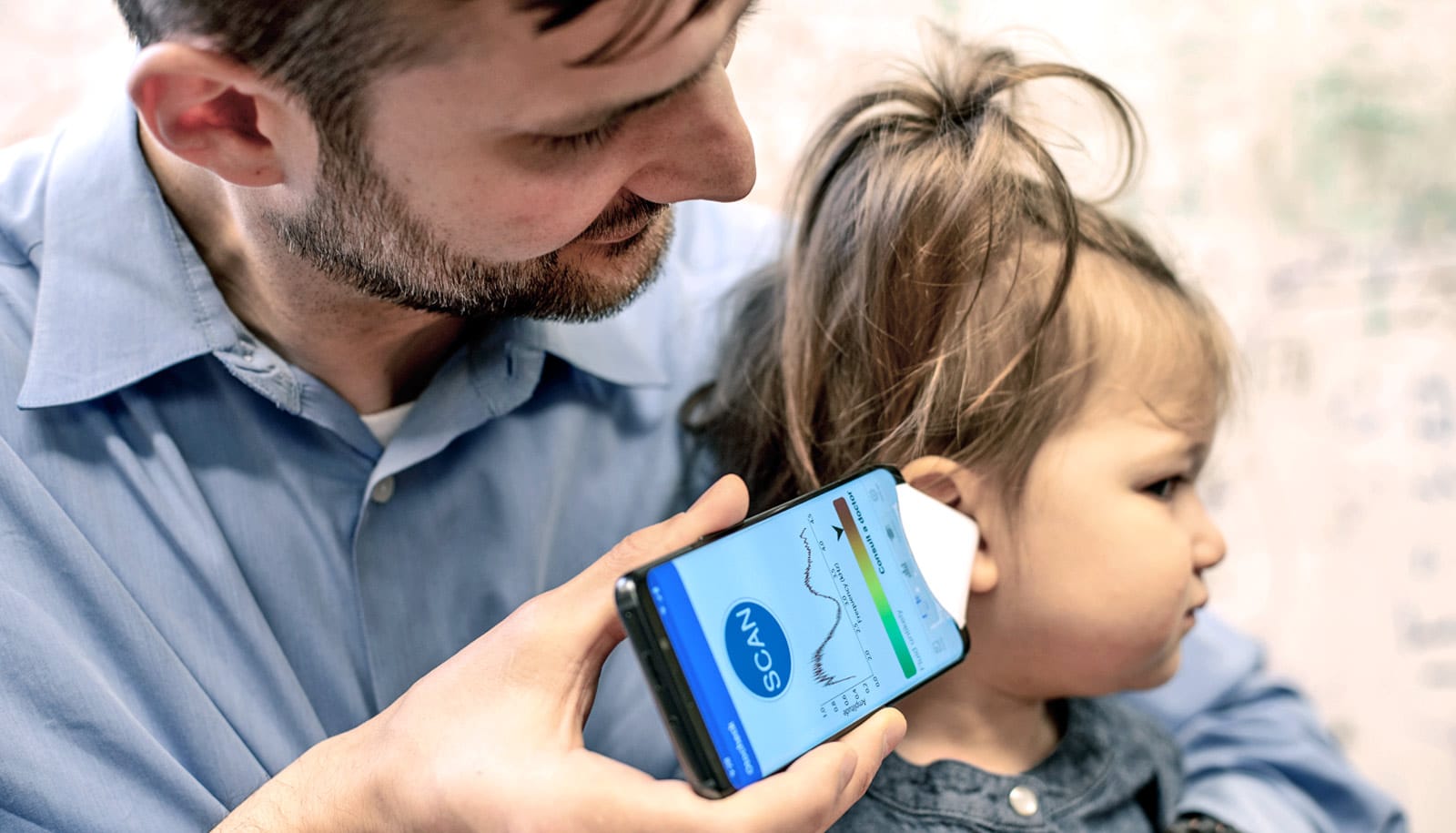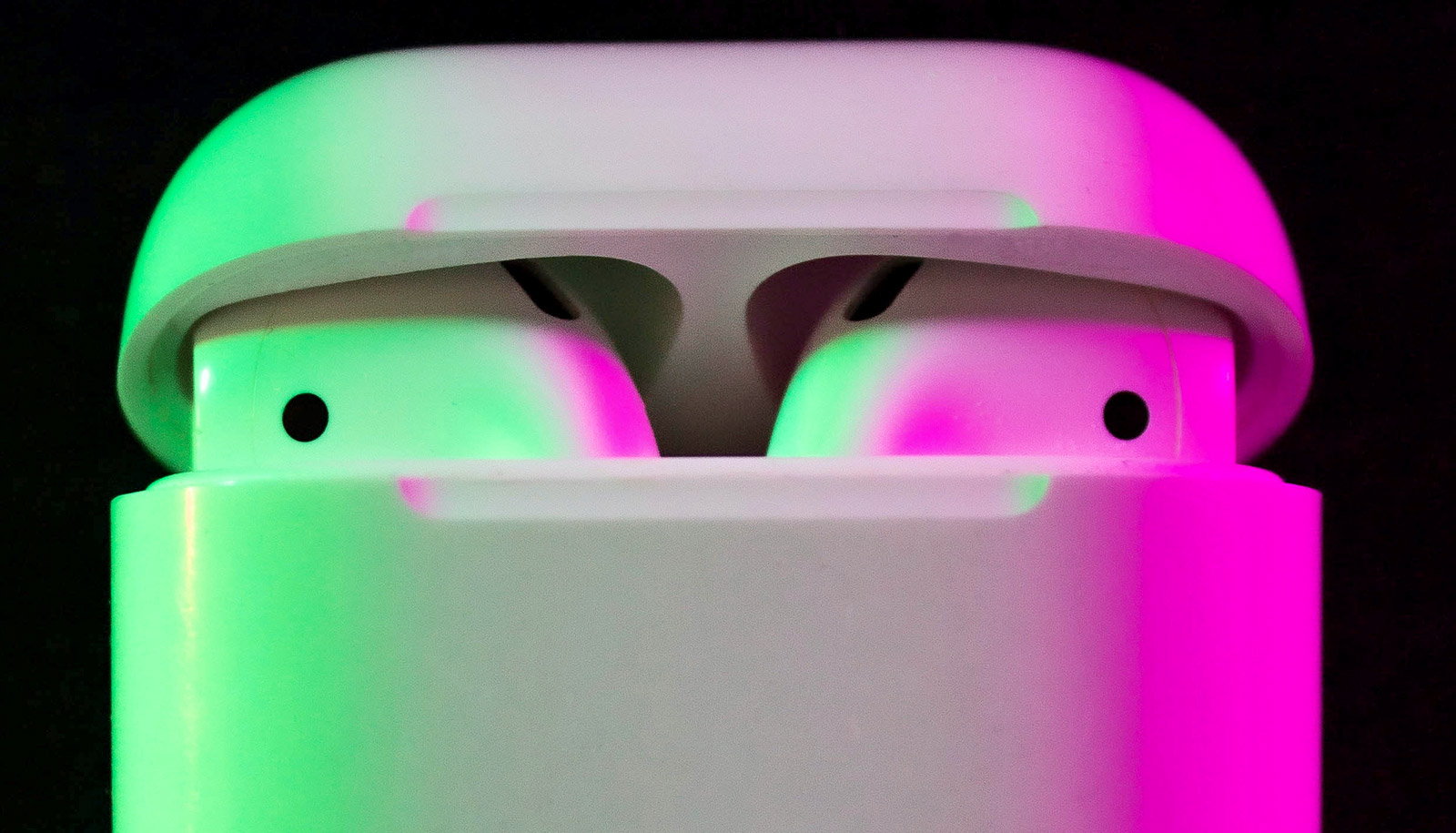When childhood ear infections become chronic, repeated, temporary hearing loss can lead to deficits in auditory processing and language development in children years later, according to a new study.
Ear infections are a common childhood experience, but the research suggests parents should take these infections seriously to preserve their children’s language development. That’s because each ear infection can potentially impair hearing with fluid building up behind the eardrum.
“Ear infections are so common that we tend to dismiss them as having no long-term effect. We should take all ear infections seriously,” says Susan Nittrouer, a professor of speech, language, and hearing sciences in the College of Public Health and Health Professions at the University of Florida and lead researcher of the study in the International Journal of Pediatric Otorhinolaryngology.
“Parents should be aware that their child may have some middle ear fluid without it being painful and work with their doctor to monitor their child closely,” Nittrouer says.
Nittrouer and Joanna Lowenstein, a researcher in the UF Health Clinical and Translational Science Institute, studied the auditory processing and language development of 117 children from ages 5 to 10 years both with and without a history of chronic ear infections in early childhood.
On average, children with several ear infections before three years of age had smaller vocabularies and a harder time matching similar sounding words than children with few or no ear infections. They also had difficulty detecting changes in sounds, a sign of problems in their brain’s auditory processing centers.
One takeaway, Nittrouer says, is for parents, physicians, and speech pathologists to continue monitoring children long after the last preschool earache fades away. Some language deficits may only reveal themselves in later grades.
“As children go through school, the language they’re required to use becomes more complex,” she says.
Nittrouer and Lowenstein used three tests to assess language development and auditory processing. In one test, children had to detect which of three cute cartoon characters sounded different than the other two. This involved manipulating the patterns of loudness, or amplitude, change across time.
“The better you can recognize this change in amplitude across time, the better you’re going to be able to recognize the structure of speech,” Nittrouer says.
The second task asked children to name pictures presented to them, a measure of their vocabulary size. Finally, children were asked to match words based on whether they began or ended with the same speech sound, a task essential not only to speech development but also to reading acquisition.
Treating ear infections early can help prevent the fluid buildup that hurts language development, Nittrouer says.
If ear infections are common and fluid does build up, tubes placed temporarily in the eardrum can help drain the fluid and restore hearing, which should lead to less risk of delay in the development of the central auditory pathways and fewer problems acquiring language.
The researchers plan to continue this research by including children at risk for delays in auditory development for other reasons, including premature birth.
Source: University of Florida



